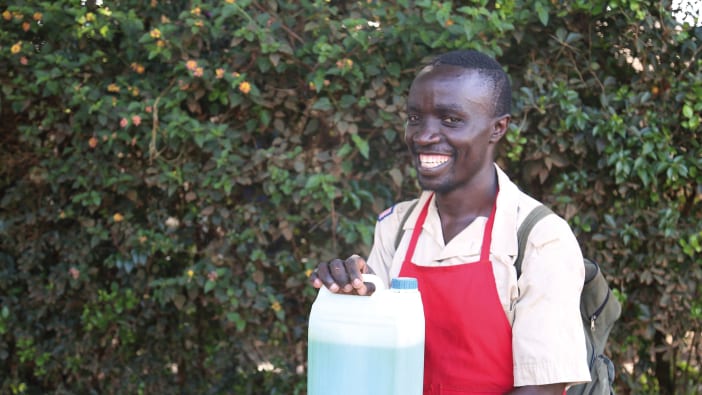Tetanus is a very serious disease which makes a person’s muscles contract and become very stiff. It is very difficult to treat and over half of the adults who catch tetanus will die.
Tetanus is responsible for over half of the cases of death in new-born babies and for 25% of infant death in some developing countries. The WHO estimates that about 750,000 new-born babies die each year of tetanus, though most of these deaths are not reported.
Tetanus in new-born babies is caused by an infection when the cord is cut with a dirty instrument or babies are delivered in unhygienic conditions. A few days after birth the baby becomes unable to suck properly. Within a few days most babies die. Issue No.8 of Footsteps looked at ways of avoiding this disease through good hygiene at birth. In this issue it is important to mention the vital importance of immunising pregnant mothers before they give birth.
It is now known that the three childhood doses of tetanus (included in the DPT injection) together with two booster injections - ideally at 5 years and at 15 years - should give complete protection from tetanus for the whole of life.
A mother who has received all five doses will be protected. However, unless the mother has written evidence of all five doses, it is best to assume that none have been given. Two doses of vaccine given at least one month apart at any time during pregnancy will protect both the mother and baby from tetanus. These two doses should then be followed by a further three doses at least one month apart. It is important to note that is not dangerous to give extra doses of tetanus vaccine if the mother is not sure of whether she has previously received vaccine. If in doubt, give the vaccine. Encourage mothers to keep their daughters’ health cards so that these are available when they become mothers themselves.
Children who have completed their full childhood programme of immunization should receive a booster injection of tetanus once they begin school at about 5 years of age and then another dose 10 years later to protect them for life from tetanus.









